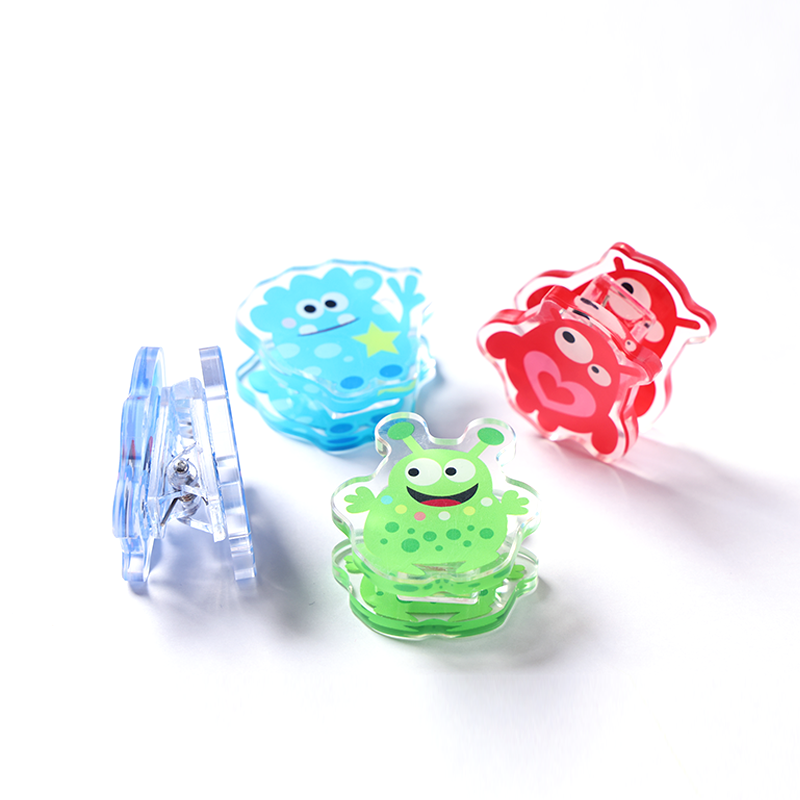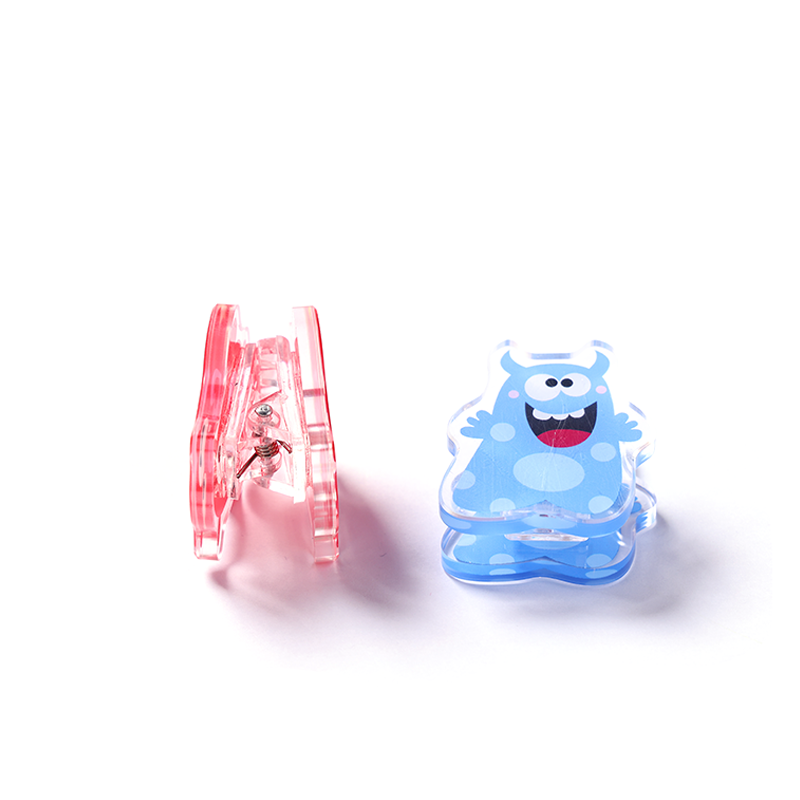Understanding Modern Manufacturing Solutions for Custom Plastic Components
The manufacturing landscape has evolved significantly, particularly in the realm of custom plastic components like OEM acrylic PP clips. These versatile fastening solutions have become integral to various industries, from retail display systems to industrial applications. Understanding how to effectively source these components while maintaining quality and incorporating brand identity through custom logos is crucial for business success.
Modern manufacturers have developed sophisticated processes that combine durability with aesthetic appeal, making OEM acrylic PP clips both functional and visually appealing. The integration of custom logos into these components has opened new possibilities for brand visibility and product differentiation in the market.
Essential Considerations in OEM Clip Manufacturing
Material Selection and Quality Standards
When sourcing OEM acrylic PP clips, material quality stands as the cornerstone of product excellence. Premium-grade polypropylene and acrylic materials ensure durability, clarity, and resistance to environmental factors. Manufacturers must carefully balance the ratio of materials to achieve optimal performance characteristics while maintaining cost-effectiveness.
Quality standards in production involve rigorous testing protocols, including stress resistance, temperature tolerance, and UV stability assessments. These measures ensure that the OEM acrylic PP clips maintain their structural integrity and appearance throughout their intended lifecycle.
Custom Logo Integration Techniques
The process of incorporating custom logos into OEM acrylic PP clips requires specialized expertise. Advanced techniques such as injection molding with logo inserts, laser etching, and heat stamping provide various options for brand representation. Each method offers distinct advantages in terms of durability, visibility, and cost-effectiveness.
Manufacturers must consider factors like logo complexity, size requirements, and production volume when selecting the most appropriate customization technique. The chosen method should ensure that logos remain clear and intact despite regular handling and environmental exposure.

Production Process and Technology Innovation
Advanced Manufacturing Methods
Modern production of OEM acrylic PP clips employs cutting-edge technologies that enhance precision and efficiency. Computer-aided design (CAD) systems enable exact specifications and seamless integration of custom elements. Automated injection molding machines ensure consistent quality across large production runs while minimizing material waste.
Innovation in manufacturing processes has led to improved surface finishes, tighter tolerances, and enhanced structural integrity of the clips. These advancements contribute to both the functional performance and aesthetic appeal of the final product.
Quality Control and Testing Protocols
Implementing robust quality control measures is essential in OEM acrylic PP clip production. Manufacturers utilize advanced inspection equipment and testing procedures to verify dimensional accuracy, material consistency, and logo quality. Regular quality audits and batch testing ensure that products meet or exceed industry standards.
Documentation and traceability systems help maintain quality consistency and facilitate quick resolution of any production issues. This systematic approach to quality control helps build trust with clients and ensures long-term satisfaction with the products.
Supplier Selection and Partnership Development
Evaluating Potential Manufacturers
Selecting the right manufacturer for OEM acrylic PP clips requires careful evaluation of several key factors. Production capabilities, technical expertise, quality management systems, and previous experience with similar projects should be thoroughly assessed. The manufacturer's ability to handle custom logo requirements and maintain consistent quality across large orders is particularly important.
Financial stability, communication effectiveness, and geographical location also play crucial roles in the selection process. A manufacturer's willingness to provide samples and engage in product development discussions can indicate their commitment to partnership success.
Building Long-term Supply Relationships
Establishing strong relationships with manufacturers goes beyond initial order placement. Regular communication, mutual understanding of business objectives, and collaborative problem-solving contribute to successful long-term partnerships. Manufacturers should demonstrate flexibility in accommodating design modifications and volume adjustments while maintaining quality standards.
Clear agreements on pricing, delivery schedules, and quality expectations help prevent misunderstandings and ensure smooth operations. Regular performance reviews and feedback sessions can help identify areas for improvement and strengthen the partnership.
Cost Management and Production Efficiency
Optimizing Production Costs
Managing costs effectively while maintaining product quality requires strategic planning and optimization of production processes. Bulk ordering, material sourcing strategies, and efficient production scheduling can help reduce unit costs without compromising quality. Manufacturers should continuously evaluate and implement cost-saving measures throughout the production process.
Investment in automated systems and lean manufacturing practices can significantly impact long-term cost efficiency. Regular analysis of production data helps identify opportunities for process improvement and cost reduction.
Inventory Management Strategies
Effective inventory management is crucial for maintaining optimal stock levels of OEM acrylic PP clips while minimizing carrying costs. Implementation of just-in-time production systems and demand forecasting helps prevent overstock situations and ensures timely delivery to customers.
Digital inventory tracking systems provide real-time visibility of stock levels and help coordinate production schedules with customer demand. This approach optimizes working capital utilization while maintaining reliable supply capabilities.
Frequently Asked Questions
What minimum order quantities are typical for custom logo OEM acrylic PP clips?
Minimum order quantities typically range from 1,000 to 5,000 pieces, depending on the complexity of the design and logo requirements. Some manufacturers may offer lower MOQs for initial sample runs or prototype development.
How long does it take to develop and produce custom OEM acrylic PP clips?
The development and production timeline usually spans 4-6 weeks, including design approval, mold modification for custom logos, sample production, and full-scale manufacturing. Rush orders may be accommodated based on manufacturer capabilities and current production schedules.
What are the most durable logo application methods for OEM acrylic PP clips?
Injection molding with logo inserts and laser etching typically provide the most durable results for logo application. These methods ensure the logo remains visible and intact throughout the product's lifecycle, resistant to wear and environmental factors.
How can quality consistency be ensured across large production runs?
Quality consistency is maintained through automated production processes, regular quality control checks, and comprehensive testing protocols. Manufacturers should implement statistical process control methods and maintain detailed documentation of production parameters and quality metrics.

